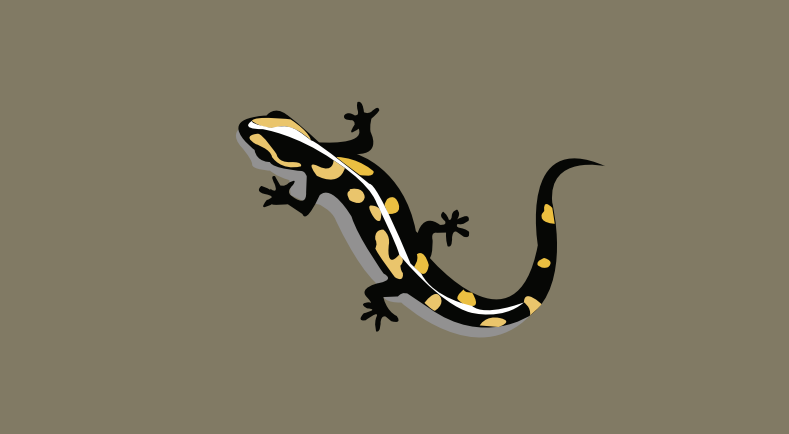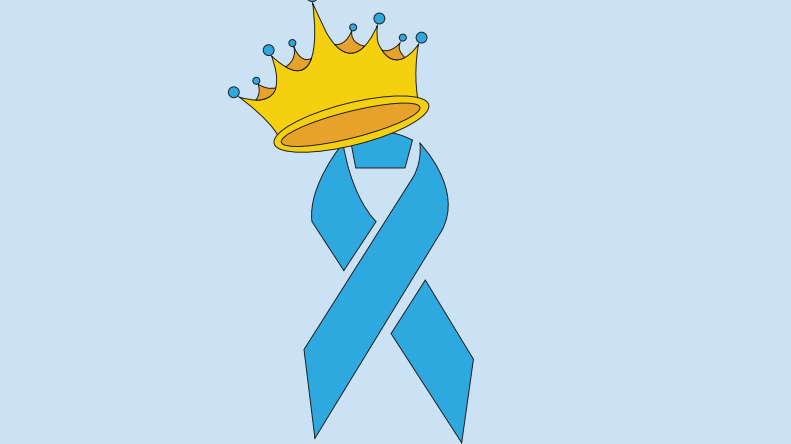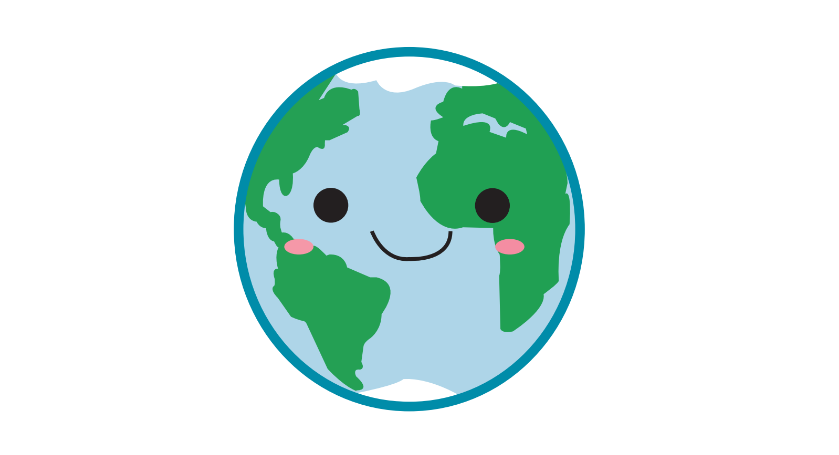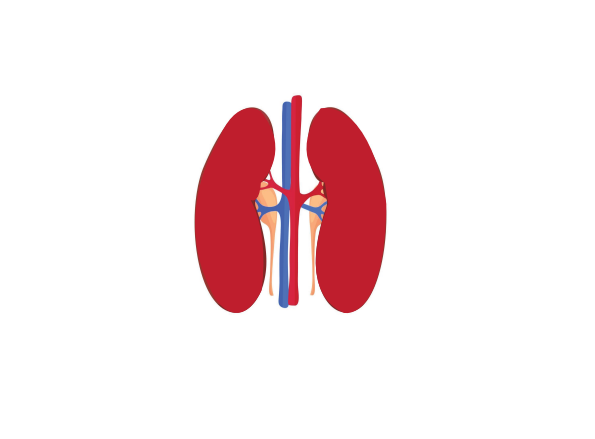The Mesozoic was an era met with extinct creatures and wildly fascinating evolutions. From the first dinosaurs to the earliest ancestors of turtles, this era brought along a large range of beasts and creatures, some of which are still alive today.
The Giant Salamander, or Cryptobranchidae, is a large family of amphibians that have survived more than 170 million years, and have produced humongous species: the Chinese Giant Salamander, the Japanese Giant Salamander, The Hellbender, and many more.
The Chinese Giant Salamander, Andrias davidianus, is one of the largest of these species, weighing up to 65 pounds and growing around four feet long. They are most notably known for their diverse speciation and coloration.
These behemoths keep a consistent diet of crustaceans, fish, and even worms to satiate their large bodies. Even with their stature, the Chinese Giant Salamander has a wide variety of predators: from weasels and foxes to otters and badgers.
Only slightly behind in weight at a grandiose 55 lbs, the Japanese Giant Salamander, Andrias japonicus, is the next largest of these amphibians. This lengthy creature can grow up to five feet across, including a fish-like tail.
Their modified tail is not the only interesting fact about these salamanders. They also have one of the best regenerative abilities of any creature on the planet, being able to heal broken bones and damaged tissues.
While not nearly as large as these giant salamanders, the Hellbender, Cryptobranchus alleganiensis, weighs around five pounds and grows up to 30 inches in length. They are native to the East and Southeast United States, mainly New York, Illinois and Mississippi.
The Hellbender may be smaller than the reigning giants of its family, but they are just as unique and interesting. These amphibians are even known for having vestigial lungs while still living in freshwater environments.
Although these beautiful beasts have survived since the Mesozoic, their numbers are now starting to decline. Due to sedimentation in water systems and large-scale farming through dams and waterways, this family is quickly going extinct.
Conservation efforts and a reduction in the consumption of salamanders have been put in place, yet if people do not continue to help the salamanders, then humans will lose a memory from the distant past.













